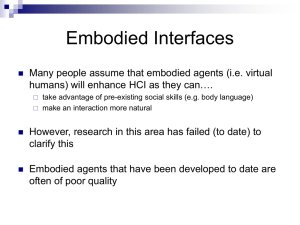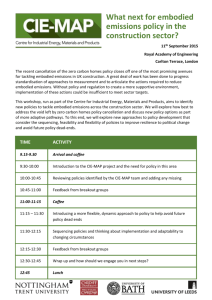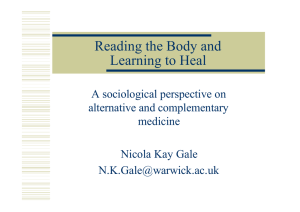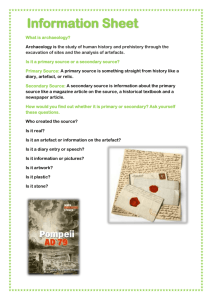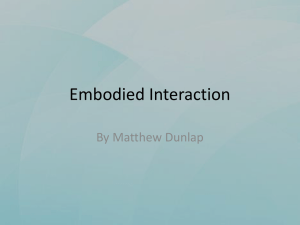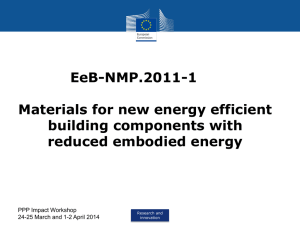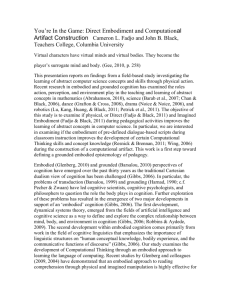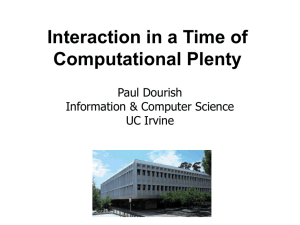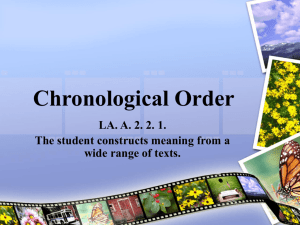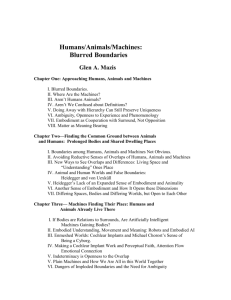summary notes
advertisement
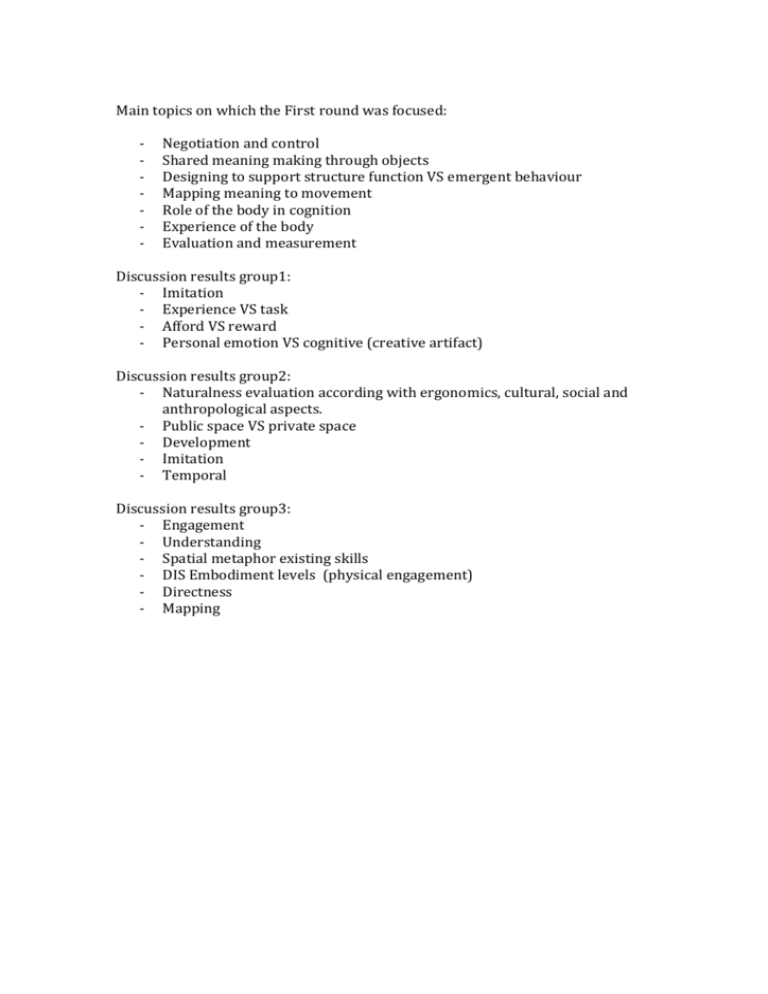
Main topics on which the First round was focused: - Negotiation and control Shared meaning making through objects Designing to support structure function VS emergent behaviour Mapping meaning to movement Role of the body in cognition Experience of the body Evaluation and measurement Discussion results group1: - Imitation - Experience VS task - Afford VS reward - Personal emotion VS cognitive (creative artifact) Discussion results group2: - Naturalness evaluation according with ergonomics, cultural, social and anthropological aspects. - Public space VS private space - Development - Imitation - Temporal Discussion results group3: - Engagement - Understanding - Spatial metaphor existing skills - DIS Embodiment levels (physical engagement) - Directness - Mapping QUESTIONS to work on SECOND round session: - How to measure “embodiment”? - Is it easier/natural better? - Single VS multiple use (single, pair, group,…) - How people use space - Full body interaction - Embodied interaction and other theories? - Metaphor generate meaning? - Natural vs. embodied ? Main topics on which the Second Group discussion. - How do children allocate meaning movement? Relationship to different kind of feedback - How do children negotiate meaning in front of a new artefact? - How one child can interact with a new artefact? (imitation and play theory) (Metaphor theory) - Which aspects of creativity are used by children to create meaning? - Does the creation of constraints could help? - How does movements input are mapped with sound output? - Laban theory for movement http://www.highbeam.com/doc/1G116654644.html - Does personalities influent the interaction with artefact? Main topics on which the Third Group discussion. - Is there a scale of naturalness? - What is natural embodied action? In what situation? Would a natural interaction be appropriated and in what cases not? - How to design gestures that are naturally mapped to learning concepts - How can embodied interaction help making tacit knowledge explicit - What would happen if we strip away all the embodiment in interaction - How do people learn to construct embodied representations by themselves - How to develop tools to stimulate the above?
